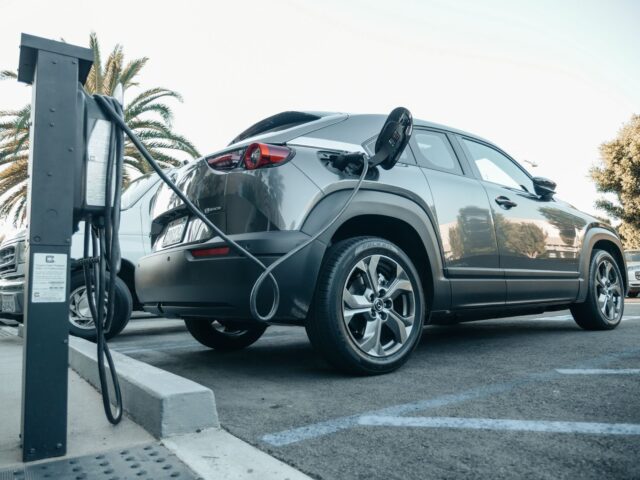With the Spring being so close, yet so far from making the days lighter and the weather warmer, more cold weather is something that certainly doesn’t help people’s moods – especially when it causes issues in your vehicle when you’re trying to get to work or do the school run.
With cold weather and snow forecast for the rest of the week in the UK, there are various issues and problems caused by cold weather that can affect vehicles, but hopefully this is the last of the cold before spring kicks in.
Thankfully, Graham Conway, Managing Director at Select Car Leasing, has shared his top problems and solutions for vehicle issues usually caused by the cold weather, giving you one less thing to worry about.
Your EV isn’t running as well as it should
Cold weather can have an impact on an EV’s performance. The chemical reactions that take place inside a battery’s cells slow down when the mercury drops, causing charging times to increase and maximum ranges to dip.
The good news, however, is that most EVs have a function that means you can ‘pre-heat’ the interior of the vehicle from the comfort of your home, by using an app, so that it’s nice and toasty when you step inside.
Solution: If you own an EV, just be prepared that you might experience a 10 or 20 per cent decrease in the car’s maximum range during really cold weather. Plan ahead, make sure you’ve got enough charge for your journey, or factor-in a pit-stop for a speedy recharge.
Deflated Tires
During cold weather, the air in your tires will get colder, making them contract and have less pressure. This means they can become deflated, which can be extremely dangerous.
Solution: During winter months, check your tire pressure at least once a week to ensure they aren’t below the pressure needed to drive safely. Some people think slight deflation causes better traction, but tire experts warn against running tires below manufacturers’ recommended pressure, as that can cause uneven or unsafe tread wear.
Winter tires are also an option. Not only do they provide better grip on icy roads, they also are less likely to lose too much pressure.
Dead Battery
Just like in EVs, standard car batteries can also take a hit during cold weather. If your car isn’t starting in winter conditions, the most likely problem is that the battery is dead.
Solution: Luckily, this can be an easy fix by giving the car a jump start, which will be the most efficient solution to the most likely problem. However, the battery could end up being completely dead, which has no solution except a replacement battery.
Fortunately, replacement car batteries aren’t very expensive compared to other replacement car parts. However, in order to avoid a dead battery, it is recommended that you change your car battery every three years and ensure the connecting components are clean, tight, and free of corrosion.
Thick Frozen Oil
As the temperature gets colder, oil in vehicles gets much thicker. At around 20 degrees below freezing, motor oil becomes so thick that the engine’s oil pump struggles to even circulate it.
Solution: In the winter months, you can change your oil to a low viscosity kind, which is a type of synthetic motor oil. This formula can provide much better startup performance and flow at extremely low temperatures compared to standard motor oil.
Don’t forget to research which oil is appropriate for your vehicle, as the manufacturer may specify an oil weight for cold-weather operation.
Windscreen Wipers Frozen
When the conditions have been cold and icy, especially overnight, there’s a high chance your windscreen wipers will have frozen to your windscreen. Trying to pry your wiper blades can damage them permanently, leaving you with no wipers and the expense of replacing them.
Solution: There are various solutions to this problem, such as lifting the blades away from your windscreen when the car is parked up, or using deicer to prevent the screen from freezing up.
You can also buy a cover for the windshield that prevents the rubber parts of the wipers from freezing.
Frozen Car Door
Sometimes the door handle is frozen, sometimes the rubber door seal is frosted shut to the body of the vehicle, and other times the ice is holding the metal of the door to another part of the car. Whichever frozen car part you’re dealing with, the one thing you should not do is try and pull the door open.
Solution: Park your car somewhere sheltered like a garage or carport. If that’s not an option, a car cover can provide enough protection to stop your car icing up. If the door is already frozen, try pushing the door in instead of pulling it open. This will crack the ice that’s holding it shut.




